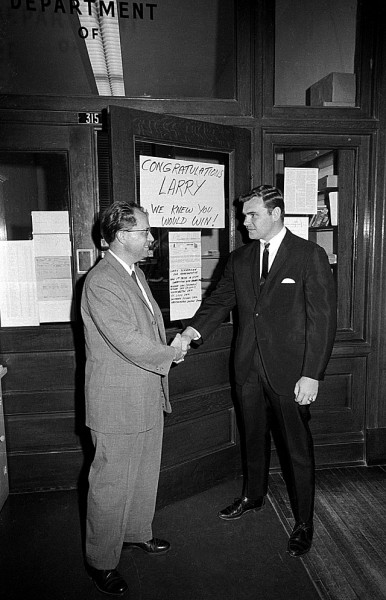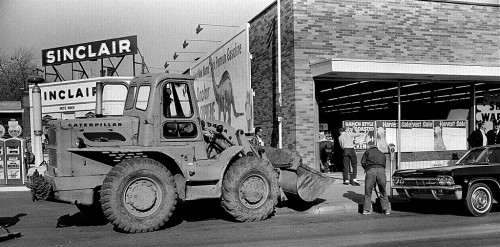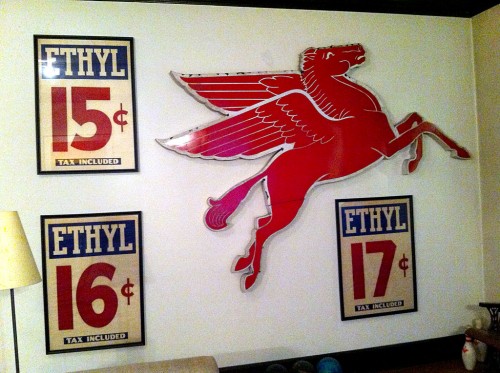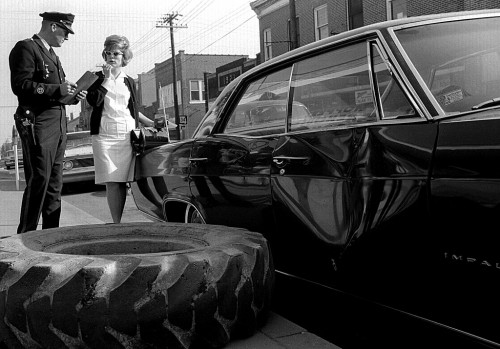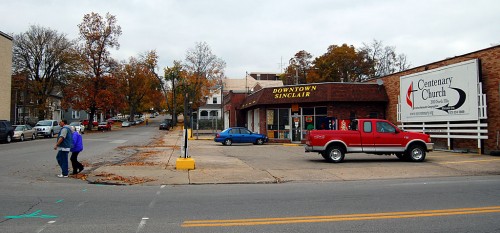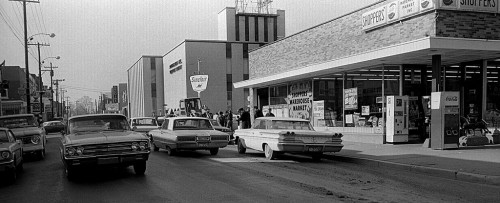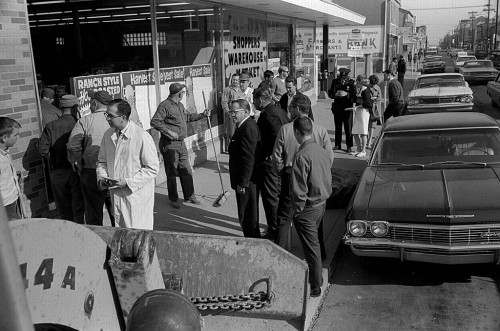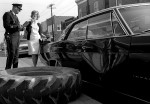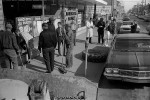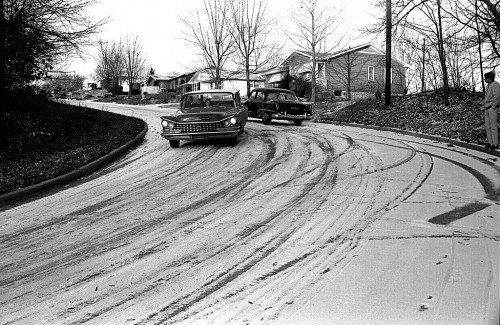 I was cruising around on a snowy December day in 1966 when I learned that studded snow tires will help you get GOING, but aren’t all that great at stopping.
I was cruising around on a snowy December day in 1966 when I learned that studded snow tires will help you get GOING, but aren’t all that great at stopping.
Jim Stone, Carol Klarsfeld and I were creeping down a steep hall off Bertling when I came around a curve to find a car skidded out and sideways on my side of the road. I put on my brakes, but the same ice that kept him from going UP the hill kept me from stopping going DOWN the hill.
You can’t hurt a 59 Buick LaSabre
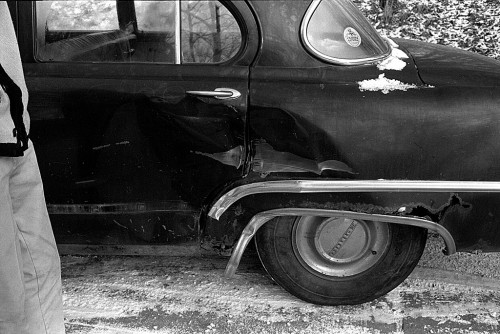 My car caught his left rear door and left rear quarter panel, crunching sheet metal and peeling paint. The damage to my 1959 Buick LaSabre station wagon was so insignificant that I didn’t even shoot a photo of it.
My car caught his left rear door and left rear quarter panel, crunching sheet metal and peeling paint. The damage to my 1959 Buick LaSabre station wagon was so insignificant that I didn’t even shoot a photo of it.
It was certainly less a dent than I got on my first driving lesson with Ernie Chiles.
First on the scene
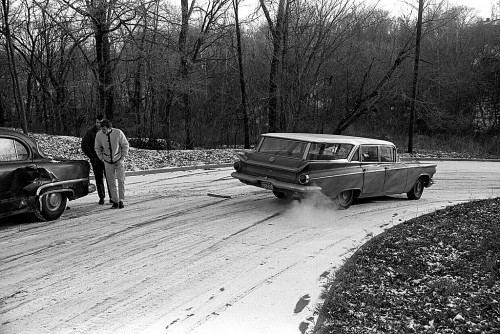 Considering how many miles I drove a year under all kinds of condition, I was pretty lucky (knock wood) never to have been involved in a serious crash. I DID have a few fender benders, though.
Considering how many miles I drove a year under all kinds of condition, I was pretty lucky (knock wood) never to have been involved in a serious crash. I DID have a few fender benders, though.
I was cruising on a twisty road in Southern Ohio when a farm tractor pulling a trailer full of kids pulled out of a lane in front of me. I opted to steer into a ditch to keep from hitting the tractor. Damage was minimal, but I reported the crash anyway.
The trooper who pulled up recognized me and said, “I bet that’s the fastest you’ve ever been to the scene of an accident.”
How to deal with insurance companies
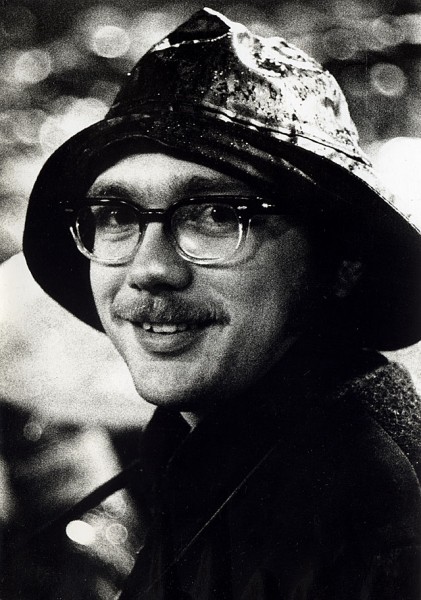 Not long after that, I was following a bus that was coming into a small Ohio town. The bus stopped. I stopped. The guy behind me DIDN’T stop. He was cited. He had insurance with Grange Insurance, which took its sweet time settling with me.
Not long after that, I was following a bus that was coming into a small Ohio town. The bus stopped. I stopped. The guy behind me DIDN’T stop. He was cited. He had insurance with Grange Insurance, which took its sweet time settling with me.
I was hanging out at the highway patrol HQ trading gossip and complaining about getting jerked around when one of the troopers gave me some advice: “Call the agent and tell him that it’s a good thing it’s taking so long for them to get you a check. You’ve noticed some pains in your neck and back that didn’t start hurting right away. If it doesn’t stop hurting by tomorrow, you’ll go to the doctor to get checked out.”
Insurance adjuster tracked me down
I did as he said. That night, I was covering a high school football game in Logan, OH, where this photo was taken. At half time, a guy walked up to me and asked if I was Ken Steinhoff. I said I was.
It was the insurance agent from Grange. He wanted to know if we could go to my car to get out of the rain. When we got to it, I asked if he would like me to get a flashlight so he could inspect the damage to my vehicle.
“No, I just wanted to get out of the rain so I could write you a check if you think the amount is reasonable.” It was more than reasonable. My aches and pains went away immediately.
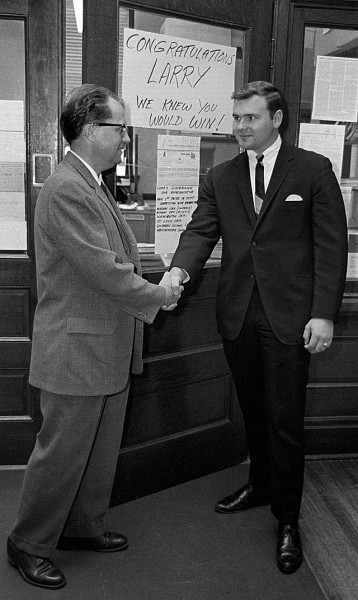 For once I know who is in this 1966 grip ‘n’ grin photo: Larry Schirmann. What I don’t know is when it was taken, who the guy on the left is, where it was taken and what we’re congratulating Larry for.
For once I know who is in this 1966 grip ‘n’ grin photo: Larry Schirmann. What I don’t know is when it was taken, who the guy on the left is, where it was taken and what we’re congratulating Larry for.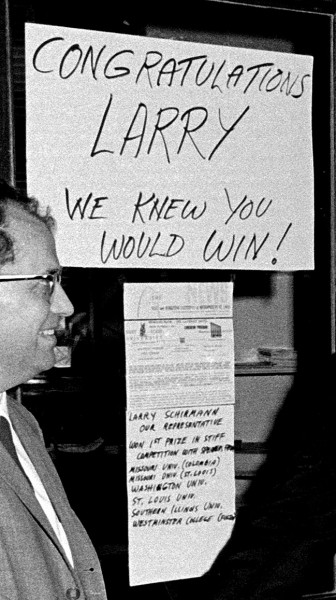 An enlargement of the sign says that Larry was “our representative” and that he “Won 1st prize in stiff competion with speakers from Missouri Univ. (Columbia); Missouri Univ. (St. Louis); Washington Univ; St. Louis Univ.; Southern Illinois Univ. and Westminster College (Fulton).”
An enlargement of the sign says that Larry was “our representative” and that he “Won 1st prize in stiff competion with speakers from Missouri Univ. (Columbia); Missouri Univ. (St. Louis); Washington Univ; St. Louis Univ.; Southern Illinois Univ. and Westminster College (Fulton).”
